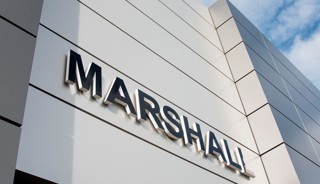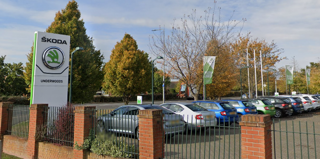We have picked on return on shareholders funds for two simple reasons. The numbers required to compute it are publicly available most of the time. And the resultant ratio gives a broad picture of whether or not there is a good reason to persevere with the business.
Return on shareholders' funds represents the profit made, before tax, after charging all the costs associated with the running of the business. It is expressed as a percentage of the amount shareholders have set aside as their investment in the trade.
Generally speaking the latter is the ordinary share capital and the accumulated profits that have not been taken out as dividends. The former is the operating profit after charging the cost of all other means of financing the business, for example overdraft, loans, fixed return shares such as preference shares or loan stock.
This can be compared with the possible return by selling the business and placing the proceeds in another form of investment. A low return on investment would equate with a low risk strategy where the worst which could be suffered is getting the money back, but little extra. A high risk investment would see potentially high returns but the chance of losing your shirt.
Money placed with tracker funds or long-term bonds means a reasonable assurance that the investor will get at least 6% per annum with no risk of losing their capital. Returns of 10% or 15 % involve some additional risk, but still, in general, do not represent a high risk of ending up shirtless.
Returns of 20% to 30 % start to involve risk, but again, with an element of good judgement do not, in the long run, threaten the hosiery.
| "Motor retailing today is going through such a sustained period of major change that the risks are difficult to quantify." |
| Piers Trenear-Thomas |
Motor retailing today is going through such a sustained period of major change that the risks are difficult to quantify. In order to justify leaving equity in motor retailing investors should be looking for potential returns well in excess of the highest number mentioned above.
In order to compile the accompanying tables we asked groups to provide details of amounts invested by shareholders and the profits ordinarily generated by the business after covering the costs of other stakeholders such as creditors, banks and fixed return investors. Where people were unable or unwilling to provide data we have extracted details from published accounts.
Some obvious anomalies were taken into account when arriving at the trends seen in the accompanying tables. For example some companies revalue properties, some do not. We have eliminated revaluation reserves in order to assess comparable statistics. In effect this means that the returns seen are based on the original cost of the property assets in use in the business. Had we used current or replacement values, the asset base would have been substantially greater.
There are many businesses in the survey whose return on funds employed would be a great deal smaller if the true value of the assets in use had been used to measure the adequacy of the profit figure.
{*shareholders*}
















Login to comment
Comments
No comments have been made yet.